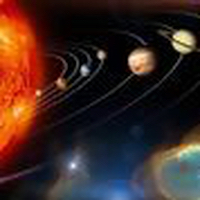Category Archives: Science

Quantum Questions Inspire New Math
 In order to fully understand the quantum world, we may have to develop a new realm of mathematics.
In order to fully understand the quantum world, we may have to develop a new realm of mathematics.
Mathematics might be more of an environmental science than we realize. Even though it is a search for eternal truths, many mathematical concepts trace their origins to everyday experience. Astrology and architecture inspired Egyptians and Babylonians to develop geometry. The study of mechanics during the scientific revolution of the 17th century brought us calculus.
Remarkably, ideas from quantum theory turn out to carry tremendous mathematical power as well, even though we have little daily experience dealing with elementary particles. The bizarre world of quantum theory — where things can seem to be in two places at the same time and are subject to the laws of probability — not only represents a more fundamental description of nature than what preceded it, it also provides a rich context for modern mathematics. Could the logical structure of quantum theory, once fully understood and absorbed, inspire a new realm of mathematics that might be called “quantum mathematics”?
Click here for the full article: Quantum Questions Inspire New Math
Why Doesn’t Antimatter Anti-Gravitate?
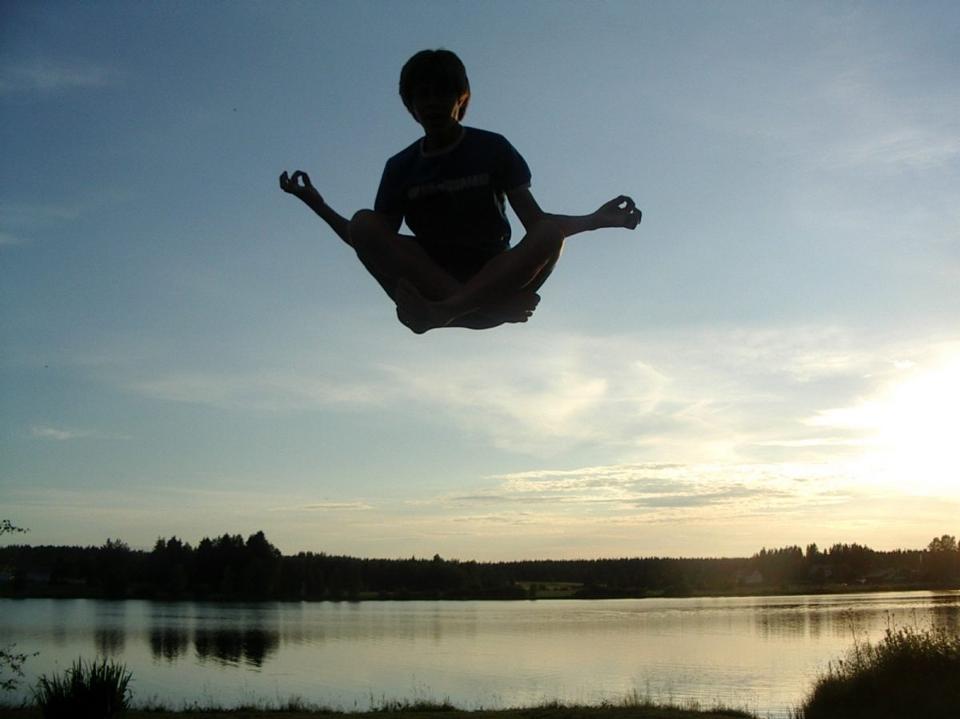
If there were some type of matter that had negative gravitational charge, it would be repelled by the matter and energy that we are aware of.
Every massive particle exerts a gravitational force. So what do antimatter particles do?
Why aren’t there any particles that fall upwards in the gravitational field of Earth? It would be so handy – If I had to move the couch, rather than waiting for the husband to flex his muscles, I’d tie an anti-gravitating weight to it and the couch would just float to the other side of the room.
Click here or on the picture for the full story: Why Doesn’t Antimatter Anti-Gravitate?
Series of New Posts: Lectures, talks, podcasts, etc…
I will be starting a regular series of posts of lectures, talks, podcasts, etc. If you have requests for topics, please feel free to comment on this post or send me a message via the contact links. The first of these posts is below:
On Oct. 7, 2015, Perimeter Institute Director Neil Turok opened the 2015/16 season of the PI Public Lecture Series with a talk about the remarkably simplicity that underlies nature. Turok discussed how this simplicity at the largest and tiniest scales of the universe is pointing toward new avenues of physics research and could lead to revolutionary advances in technology.
www.perimeterinstitute.ca
www.twitter.com/perimeter
www.facebook.com/pioutreach
2017 Career Handbook by Science (AAAS)

Science Careers has teamed up with some great organizations to bring you information about the latest career opportunities in many different fields. The profiles included in this booklet give you a sense of the types of organizations that are accepting resumes and the kinds of positions they offer. We’ve also included some articles with some general tips and advice on job searching.
Source: 2017 Career Handbook
Why a NASA spacecraft could bounce, crunch or sink on icy Europa
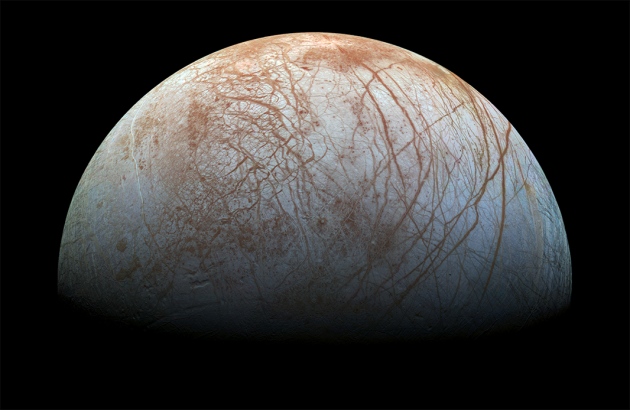
Sometime in the early 2030s, NASA hopes to attempt a landing on Jupiter’s moon Europa. A four-legged spacecraft would descend towards the icy surface, ready to hunt for signs of alien life in a buried ocean.
Landing on Jupiter’s moon in search of alien life won’t be easy.
Source: Why a NASA spacecraft could bounce, crunch or sink on icy Europa
Transparent silver: Tarnish-proof films for flexible displays, touch screens
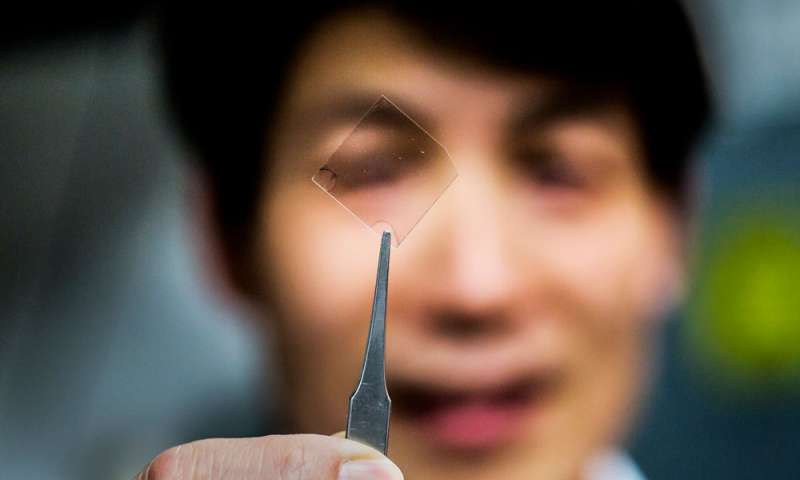
University of Michigan researchers have created a transparent silver film that could be used in touchscreens, flexible displays and other advanced applications. L. Jay Guo, professor of electrical engineering and computer science, holds up a piece of the material. Credit: Joseph Xu/Michigan Engineering.
The thinnest, smoothest layer of silver that can survive air exposure has been laid down at the University of Michigan, and it could change the way touchscreens and flat or flexible displays are made.
Source: Transparent silver: Tarnish-proof films for flexible displays, touch screens
LHCb observes an exceptionally large group of particles
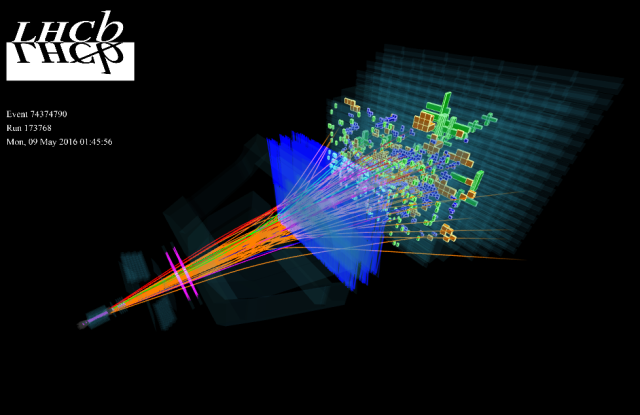
A typical LHCb event fully reconstructed. Particles identified as pions, kaon, etc. are shown in different colours. (Image: LHCb collaboration)
The LHCb experiment at CERN is a hotbed of new and outstanding physics results. In just the last few months, the collaboration has announced the measurement of a very rare particle decay and evidence of a new manifestation of matter-antimatter asymmetry, to name just two examples.
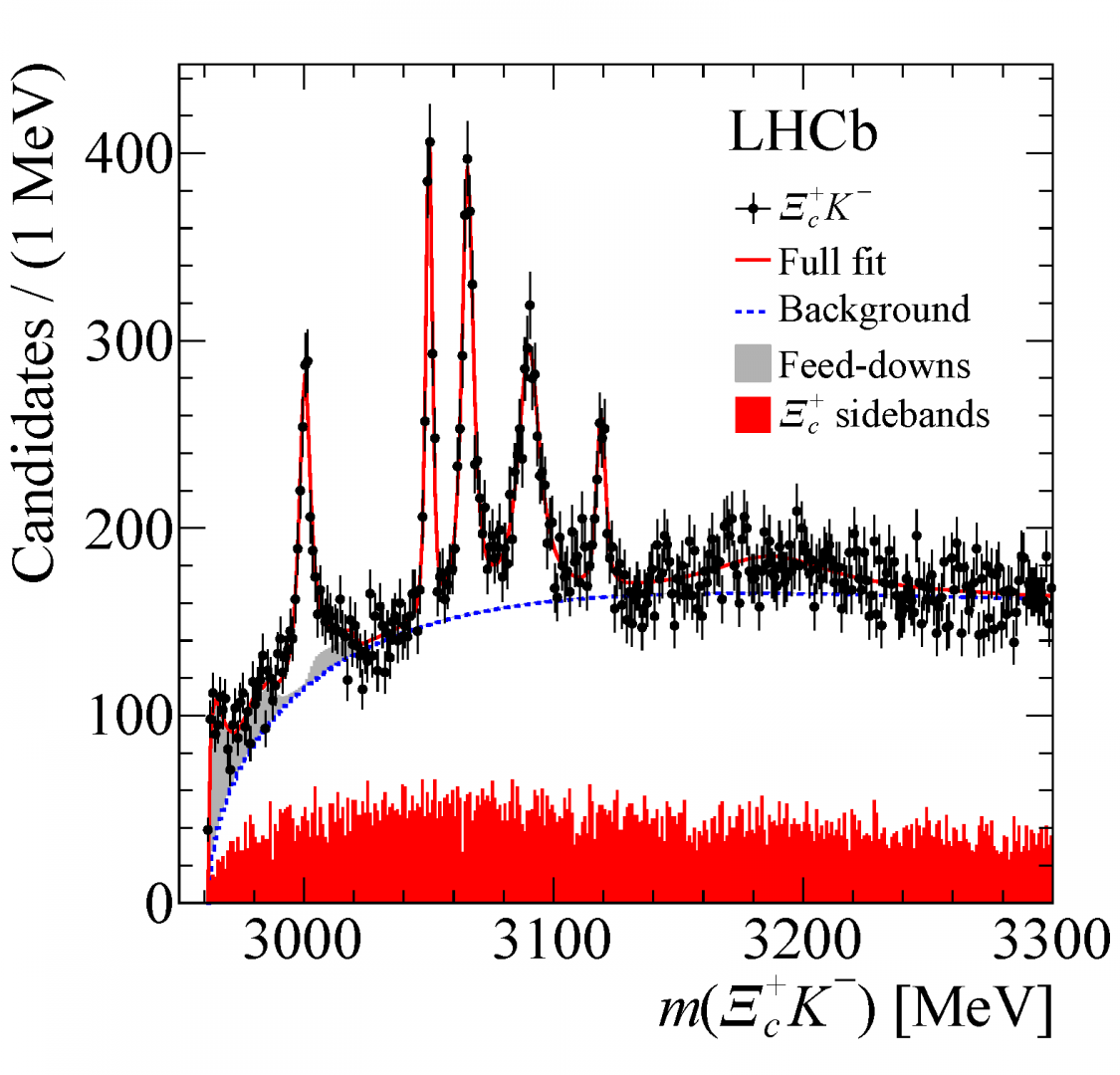
The image above shows the data (black dots) of the reconstructed mass distribution resulting from the combination of the Ξc+ and K- particles. The five particle states are the five narrow peaks standing out from the distribution of data. (Image: LHCb collaboration)
Science journalism can be evidence-based, compelling — and wrong
A ranking of the best science-news outlets misjudges the relationship between research and reporting.
Source: Science journalism can be evidence-based, compelling — and wrong
Gravitational waves pioneer Ronald Drever dies
Scottish physicist Ronald Drever, one of the architects behind the discovery of gravitational waves, has died at the age of 85.
Source: Gravitational waves pioneer Ronald Drever dies – BBC News
